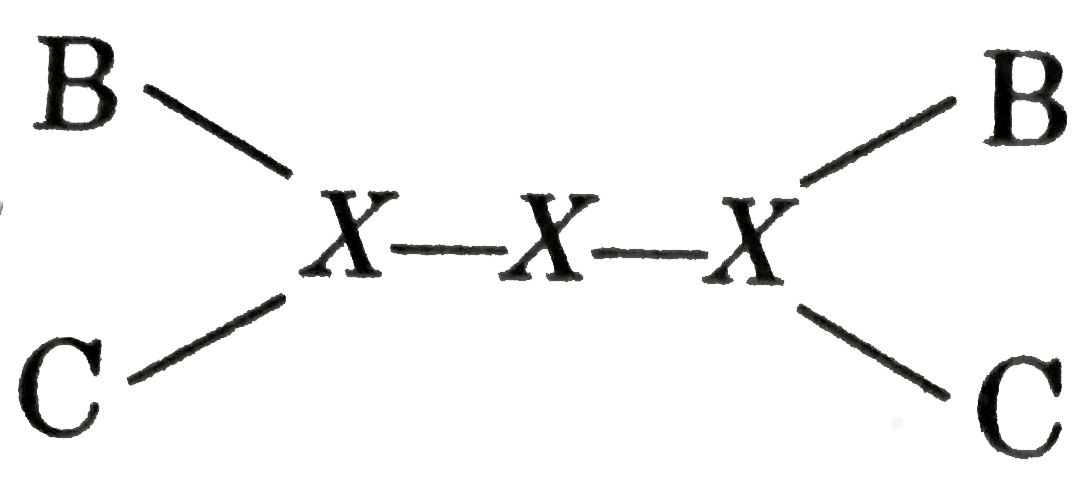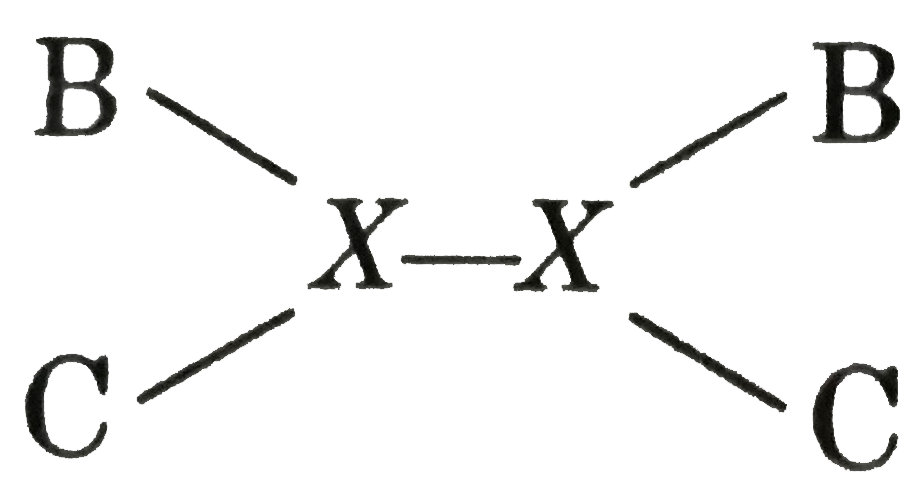The experimental bond energy of HY differs from its calculated valueby 1.96k.cals/mole . The electronegativity of 'y' is equal to
1.81
1.78
1.72
1.9
The correct Answer is:A
Step by step video, text & image solution for The experimental bond energy of HY differs from its calculated valueby 1.96 k.cals//"mole" . The electronegativity of 'y' is equal to by Chemistry experts to help you in doubts & scoring excellent marks in Class 11 exams.
Topper's Solved these Questions
Similar Questions
Calculate the E.N. of CI from the bond energy of CIF(61KCal/mol). Given that bond energies of F2 and CI2 are 38 and 58Kcal/mol respectively. Given: Electrongativity of F=4eV.
View SolutionThe heat of formation of ethylene is 12.5 kcal. Calculate C=C bond energy in ethaylene from the following data. Heat of atomisation of C=170.9kcal/mole, Heat of atomisation of H=52.1kcal/mole bond energy of C−H=99.3kcal/mole.
View Solution
Knowledge Check
- Question 1 - Select One
H-H, X-X and H−X bond energies are 104Kcal/mole60Kcal/mole and 101kcal/mole. Assuming the electronegativity of hydrogen to be 2.1 the electronegativity of unknown element X is (√19=4.36)
A3.5B3C4D2.5 - Question 2 - Select One
The bond energy of an O−H bond is 109 K. cal mole−1. When a mole of water is formed
A218 K. cal is releasedB109 K. cal is releasedC218 K. cal is absordedD109 K. cal us absorbed - Question 3 - Select One
The bond energy of H2 is 104.3k.calmol−1. It means that
A104.3 K. cal heat is released during breaking up 'N' bonds in N molecules of H2B104.3 K. cal heat is needed to break up 6.023×1023 molecules into 1.2046×1024 ayoms of HC104.3 K. cal heat is evolved during combination of 2N atoms of H to form N molecules of H2DBoth 2 and 3.
The bond energy of ann O-H bond is 109 kcal/mol. When 1 mole of water is formed, then
View SolutionBond energies can be obtained by using the following relation: ΔH(reaction)=∑Bond energy of bonds, broken in the reactants −∑ Bond energy fo bonds, formed in the products
Bond enegry depends on three factors:
a. Greater is the bond length, lesser is the bond enegry.
b. Bond energy increases with the bond multiplicity.
c. Bond enegry increases with electronegativity difference between the bonding atoms.
The heat of formation of NO from its elements is +90kJmol−1, What is the approximate bond dissociation enegry of the bond in NO?
BEN=N=941kJmol−1BEO=O=499kJmol−1View SolutionCalculate bond energy of X−X bond from the following data.

ΔHfofX(g)=+300kJ/mole
 View Solution
View SolutionThe melting point of a solid is 300K and its latent heat of fusion is 600calmol−1. The entropy change for the fusion of 1 mole of the solid ( in cal K−1) at the same tempertre would be :
View SolutionStatement-1: Down the group, electronegativity decreases from B to TI.
Statement-2: Electronegativity of an element depends on its electron affinity and ionisation energy.View Solution

